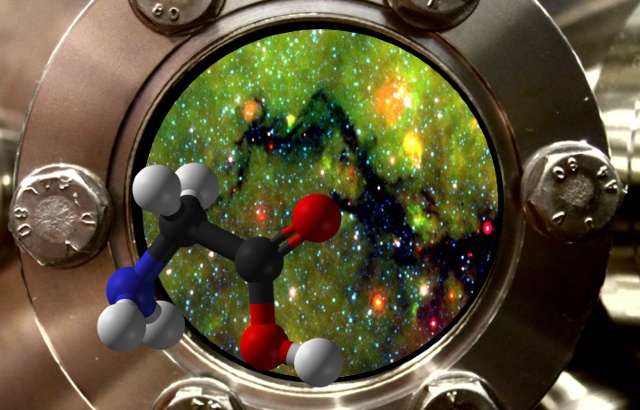Author’s note: This article was written in collaboration with Vincent Kofman, a co-author of the paper it discusses and Post Doctoral Researcher at NASA’s Goddard Space Flight Center
Amino acids are one of the most important building blocks of life as we know it. At its core, they contain an amino and an acid group, through which they can link together with other amino acids. That linking process can form long chains, which is how they form proteins. In humans, 20 different amino acids make up all proteins, and the difference between them is in the molecular side chain between the amino and the acid group. The different groups make interconnections in the chain, folding it into highly specific forms, allowing the proteins to perform highly specific tasks, ranging from metabolism, to muscle movement, and cell duplication.
Given that their presence is a necessary, though not necessarily a sufficient, condition for the development of life, scientists have spent many decades exploring where they first formed. With a paper in Nature Astronomy published last month, they moved one step closer to that understanding, by discovering that it is possible to form glycine, the simplest amino acid, in the star nurseries of interstellar clouds.
Continue reading “Glycine Can Form In Interstellar Clouds”




